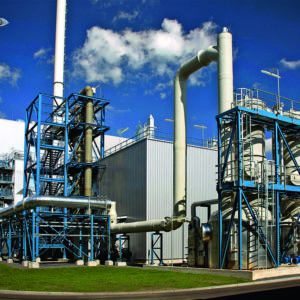-
Global CCS Institute releases annual global status report, showing a 48% increase in planned capture capacity over the last year
Date posted:
-
-
-
Post Author
Patrick LaveryCombustion Industry News Editor
-
-

The Global Carbon Capture and Storage Institute has released the 2023 version of its ‘Global Status of CCS’ report. Since last year, 198 new projects have been added to the development pipeline, an astonishing rise considering that it constitutes just over half of the 392 projects in any state of development (including operation) now on the Institute’s radar. A similar rise, of 48%, was made in capture capacity.
An interesting graphic published by the Institute shows the spread of sectors in which these projects are based: a large number of small projects in ethanol production, a large number of large projects in “CO2 Transport and Storage”, significant numbers of projects in power generation and heat, hydrogen/ammonia/fertiliser, and natural gas processing, and smaller numbers of projects in biomass to power and heat, chemicals, cement, and oil refining. There is only one operational project in steel and iron production, and three in planning. While the growth in the number of projects is welcome, it is perhaps of some concern that the sectors often cited as the hardest to abate for carbon dioxide and therefore the most in need of CCS – steel, cement, and chemicals – have relatively few projects associated with them.
Nevertheless, the large number of transport and storage projects, as well as hydrogen, ammonia and fertiliser, suggest that enabling projects are underway that will help to facilitate decarbonisation of the harder-to-abate industries. A total of 41 facilities are now in operation worldwide, having a capture capacity of 49 megatonnes per annum (actual capture would be lower); 26 facilities are in construction, while 325 are in development.
On the future development of CCS, the Institute notes that North America and Europe now have “significant policy incentives and targets”, but that other regions need to follow suit so that the technology becomes “commonplace around the world”. It also warns that “the rate of development of geological storage resources is not keeping pace with potential future demand, even in leading jurisdictions and especially in Europe. Unless dedicated programmes are put in place to identify and appraise geological storage, sufficient capacity may not be available when required.”
